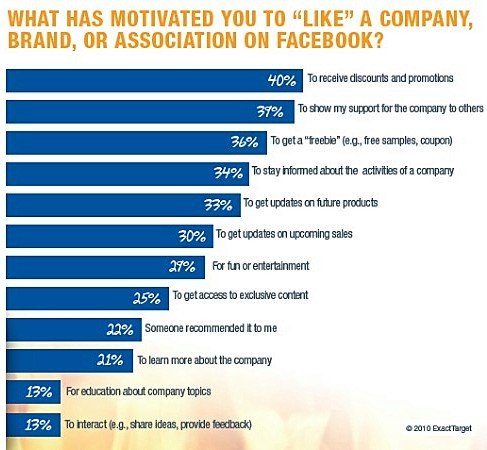Big data has had a profound impact on businesses of all sizes, as well as organizations in the public sector, as the tools can be used to capitalize on the constantly expanding and already massive digital information volumes currently found on the Internet. While certain industries have taken to big data for innovation purposes, the most common utilization among small businesses in a variety of sectors has been related to marketing and prospect research.
As enterprises continue to expand upon their digital advertising strategies, having a plan in place that will guide future analytics and research initiatives is increasingly essential. After all, without these frameworks in place, all of the data generated through a marketing plan will not be used optimally, and could lead companies to lose out on strategic opportunities for improvements and enhancements to advertising plans down the road.
Simple Initial Steps
Advanced business intelligence strategies and solutions might breed a bit of anxiety in the average entrepreneur’s mind, but a simplistic approach to preparations can quickly smooth out the process. The first thing to remember is that the tools and techniques are becoming more intuitive with the passing of each day, meaning that companies with little-to-no experience in advanced analytics are better positioned to capture the power therein with minimal headache.

Here are some of the first steps marketing officers can take to set themselves up for success in the big data arena:
- Refining the Archive: Data management is increasingly security-centric, but this must not overshadow the importance of strong archiving practices. Advertising leaders should work to develop or refine their information archive procedures to prepare for increasing data volumes, as well as higher speeds of entry into the corporate framework. Categorization and siloing techniques are critical, and can be streamlined through well-informed planning practices.
- Evaluating Sources: More businesses are beginning to look outside of their own digital information frameworks to capture information in other resource pools that will be applied within the big data strategy. While volume is certainly important in these initiatives, quality should be valued a bit higher to ensure the highest returns on investments. This ties back into evaluating resources and being selective when choosing which pools of data will be tapped for analytics purposes.
- Getting Key Players Involved: As is the case with any corporate function, managers must focus on the optimization of people, processes and technology. When the analytics strategy is taking shape, leaders should get key players in the marketing and IT departments together to instantly create collaborative channels. These individuals should then be tasked with communicating the finer points of the initiative to other employees.
The new age of business intelligence solutions come with the promise of turning massive volumes of unstructured information into actionable insights, which can lead to stronger real-time decision making among managers in the advertising arena. With the right level of foresight and planning, marketing strategies can be greatly improved by the use of big data analytics technology.

























Find Us on Social Media
A MarTech - Marketing and Technology Blog